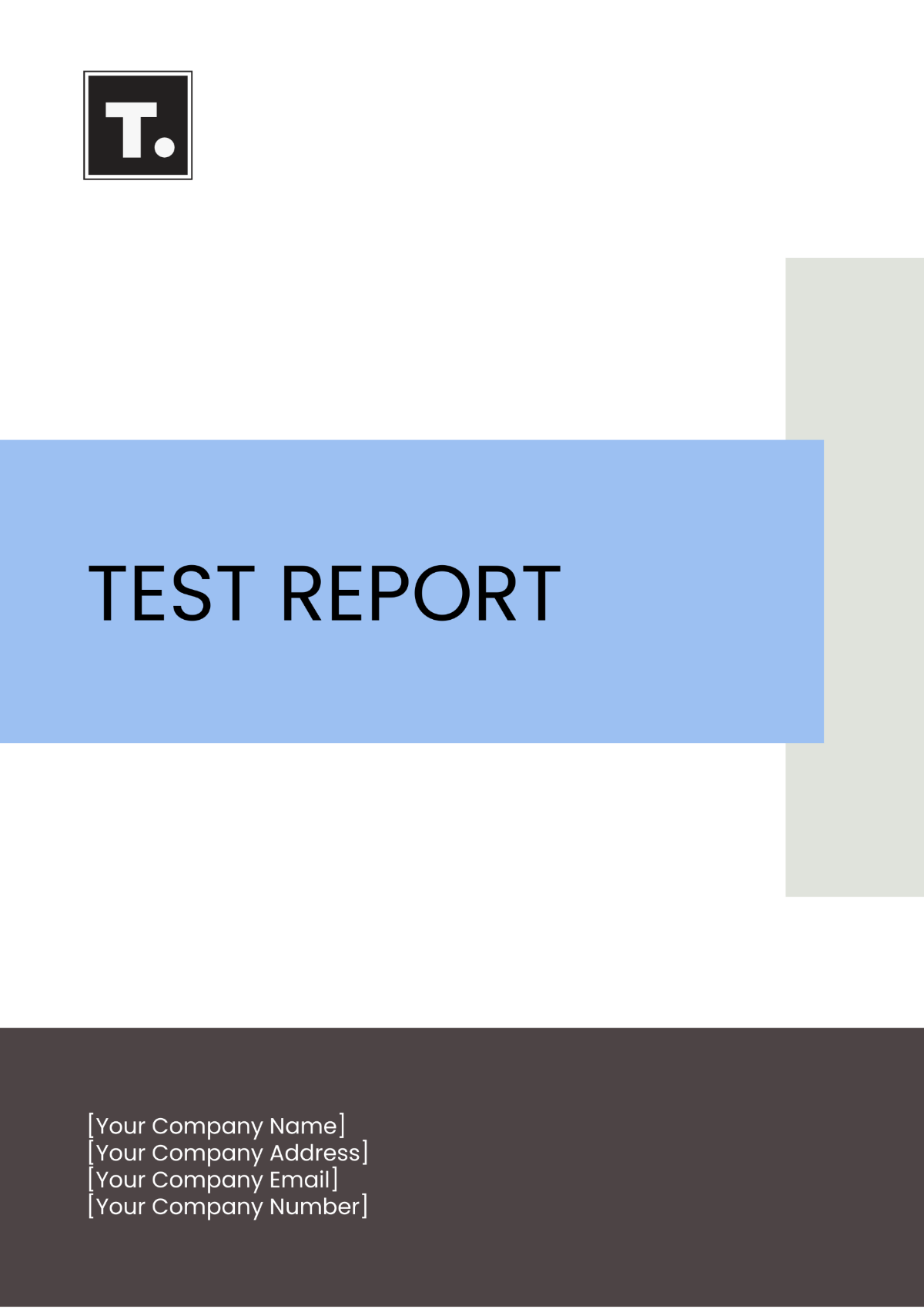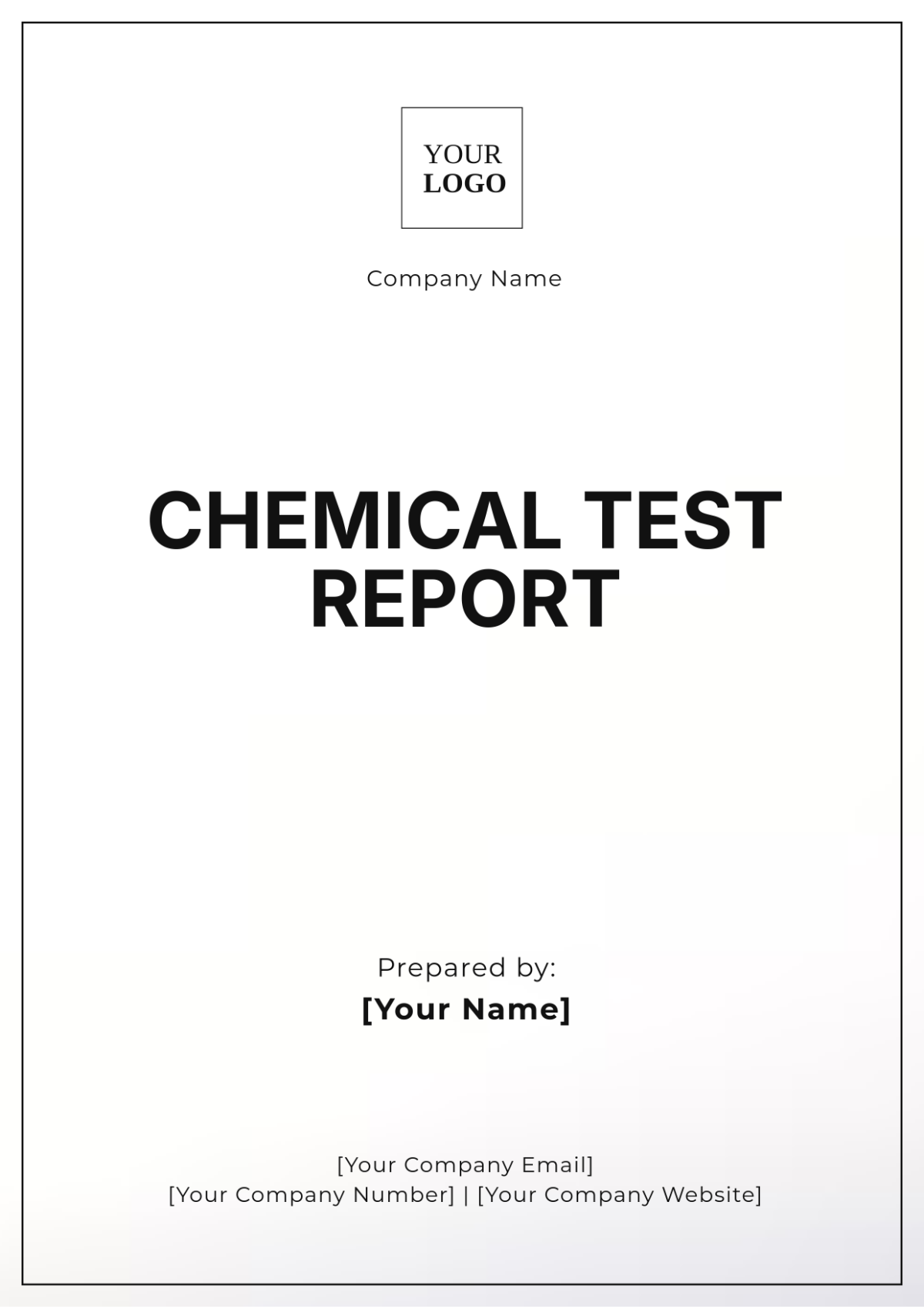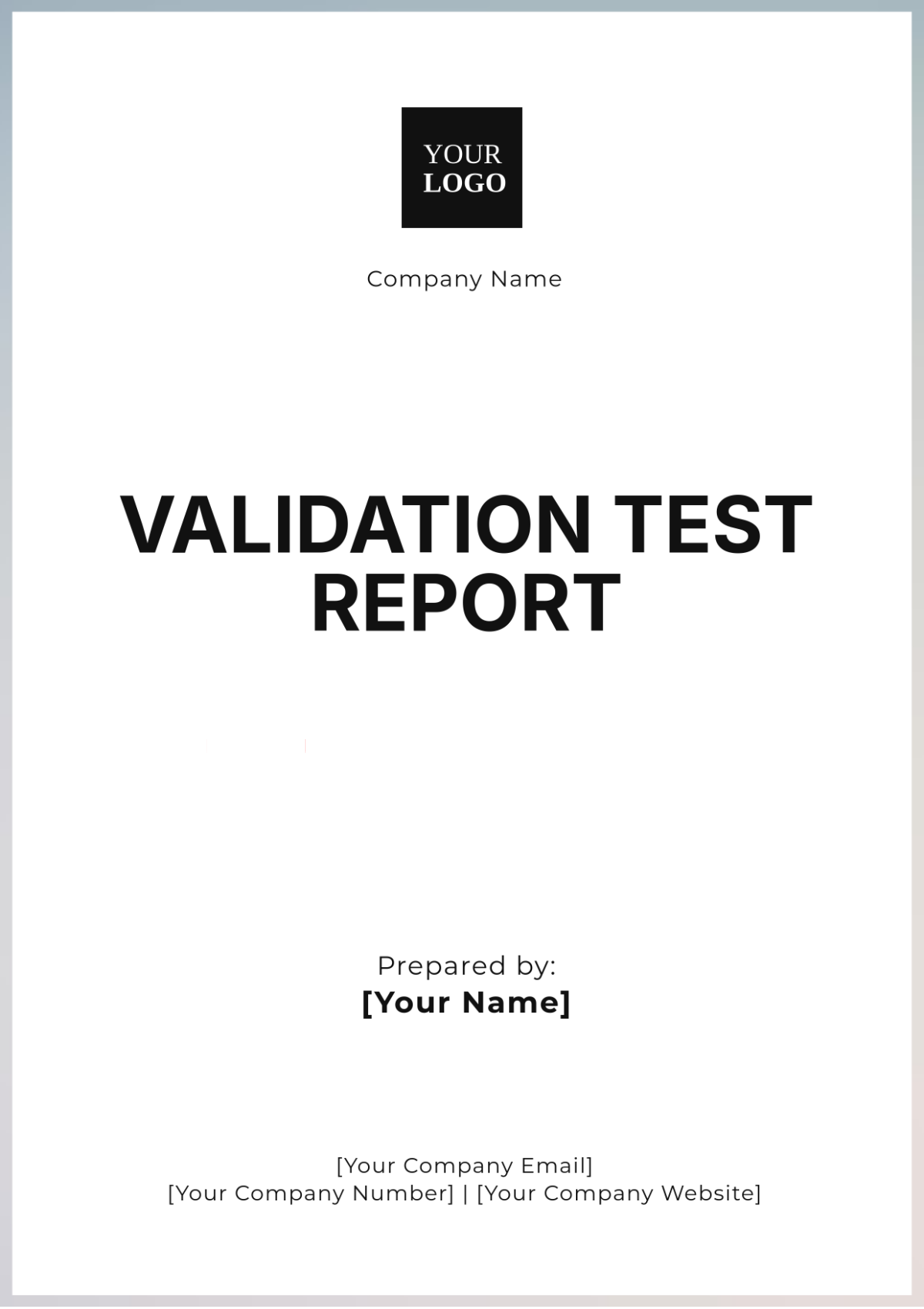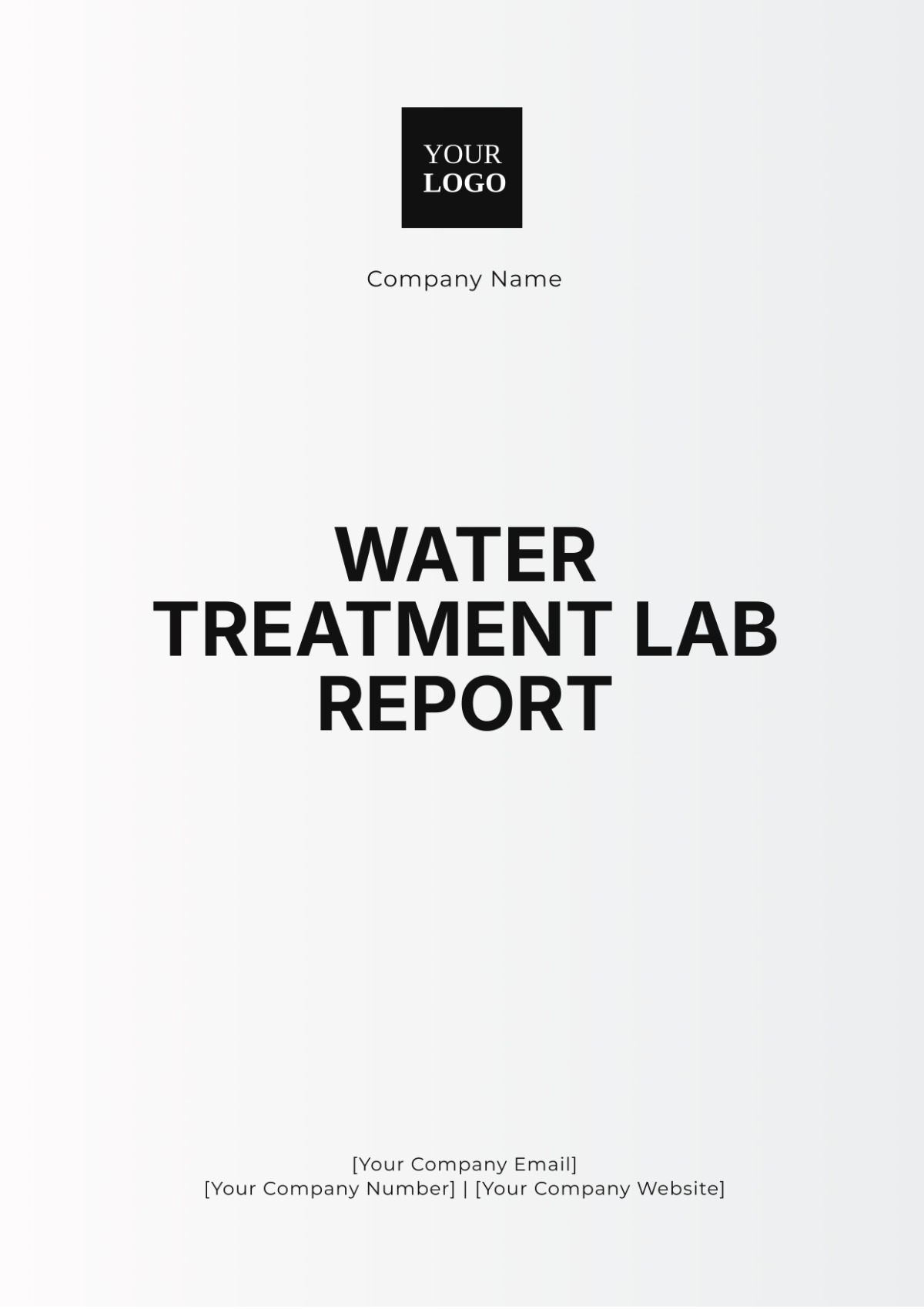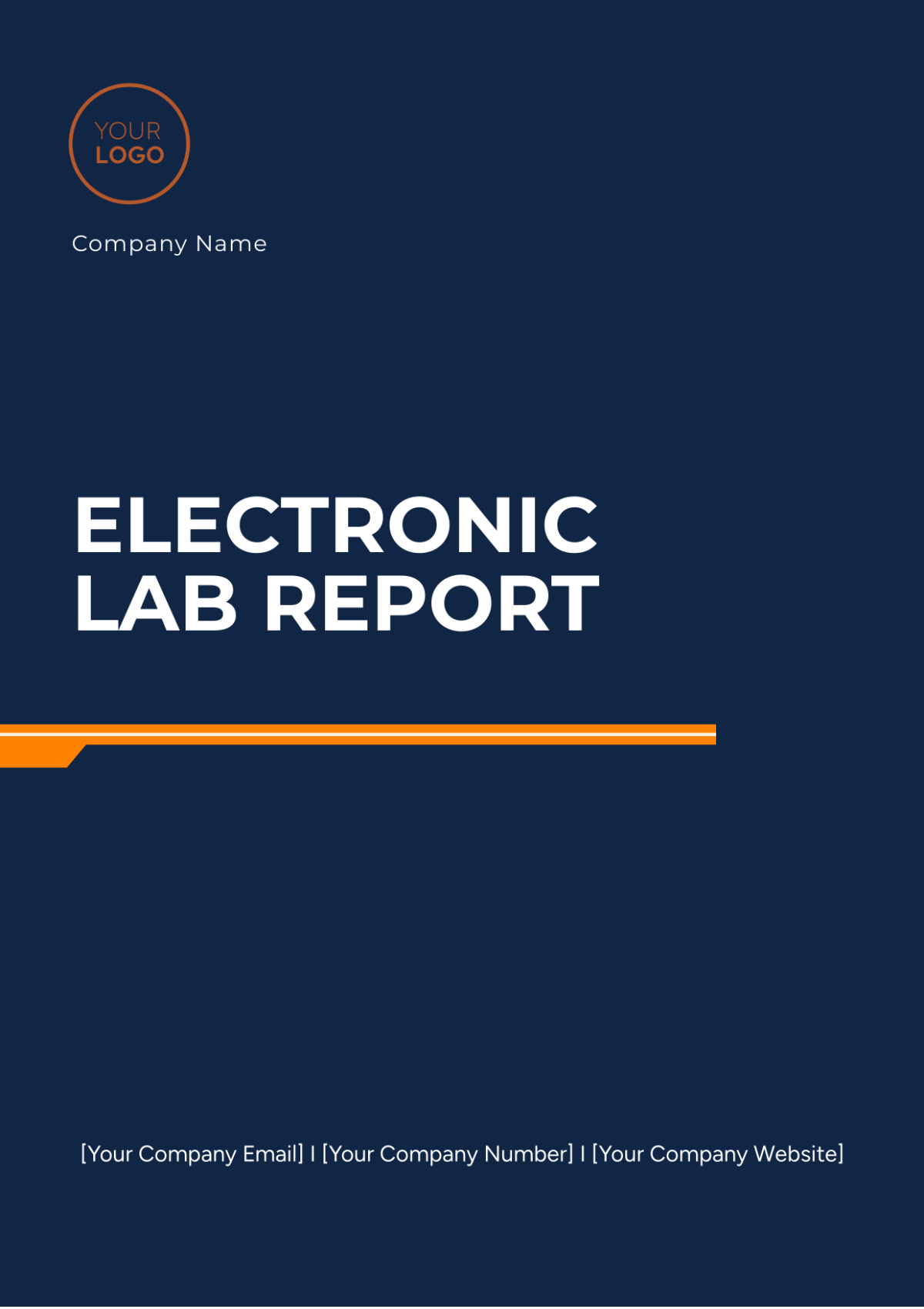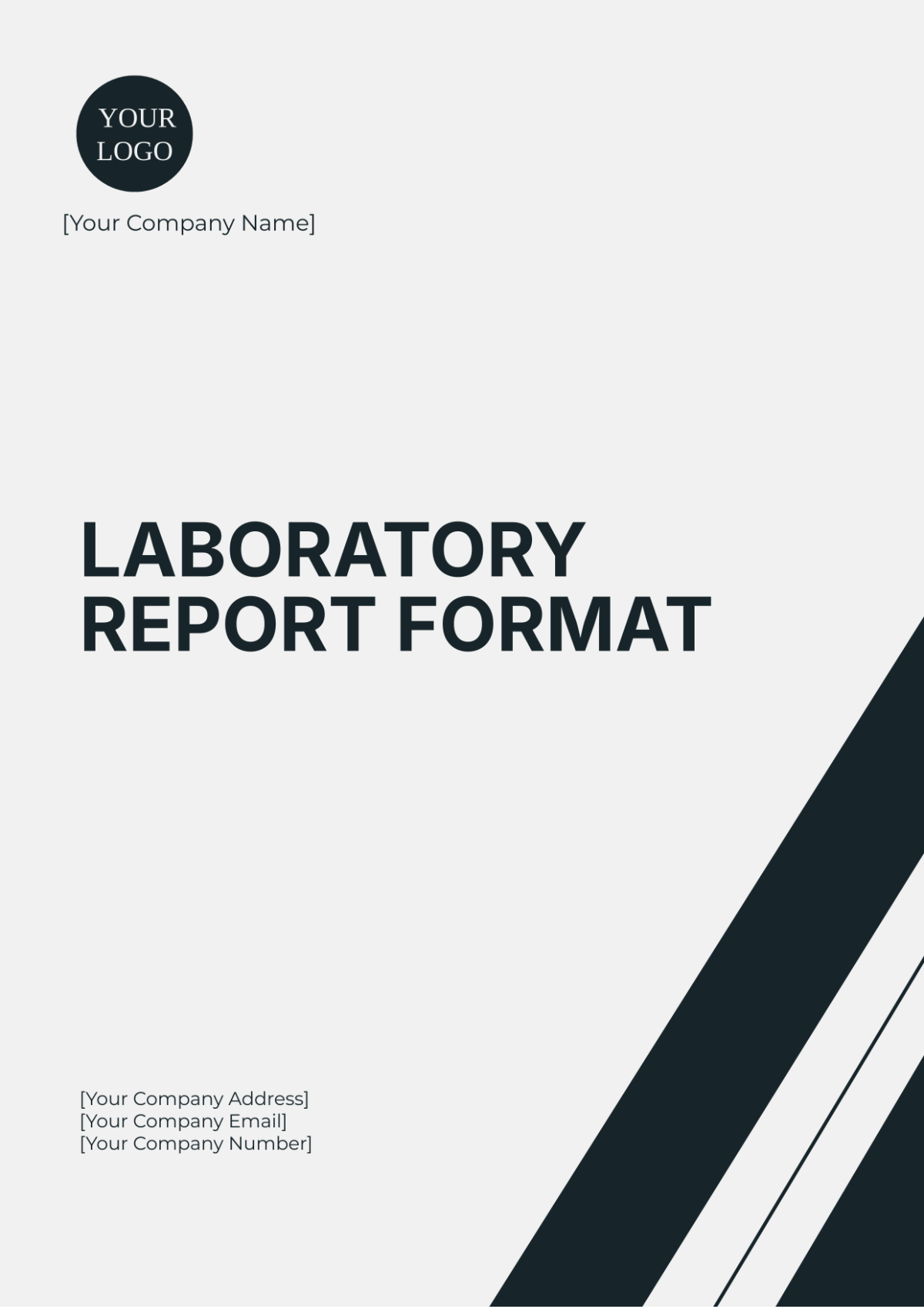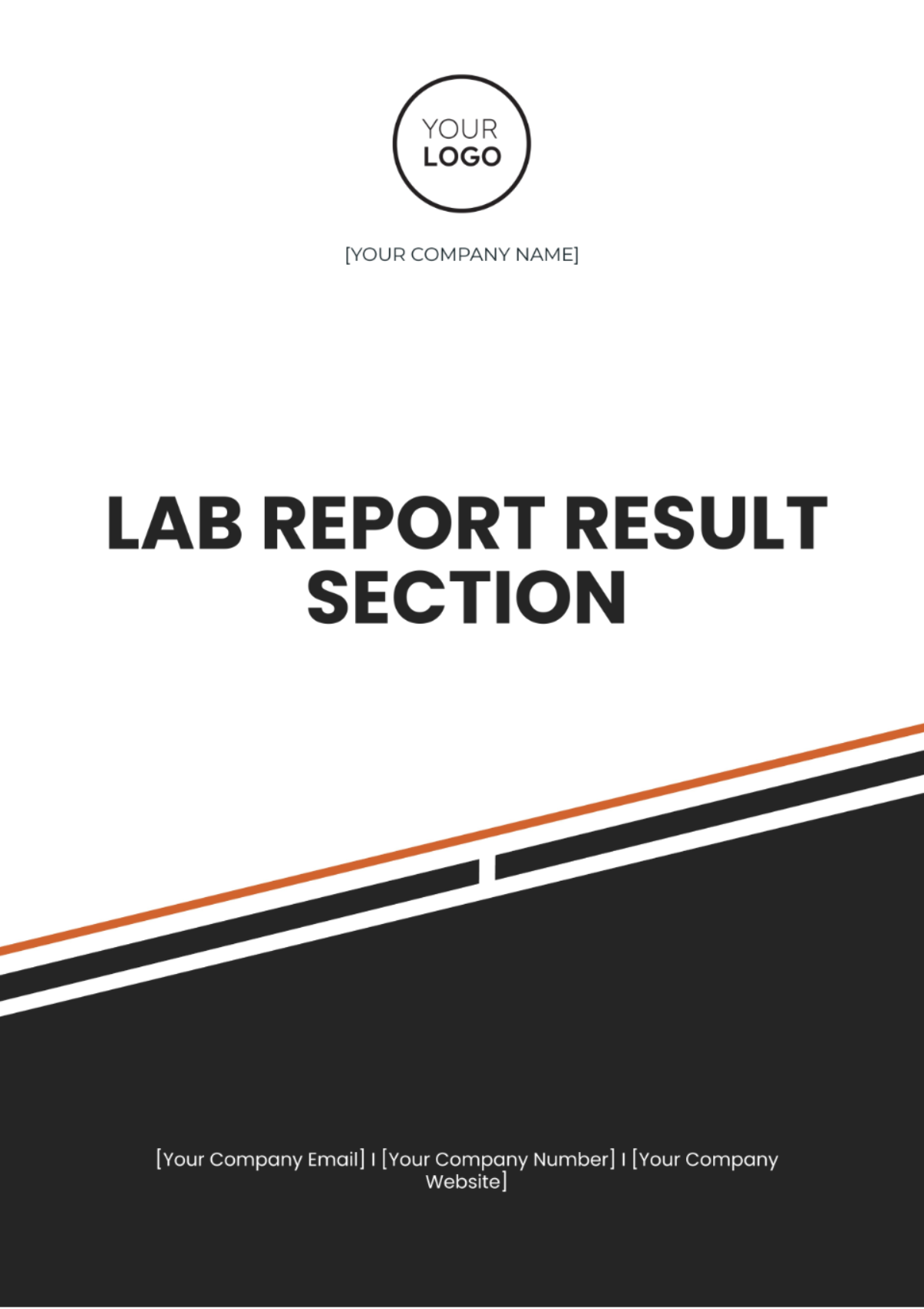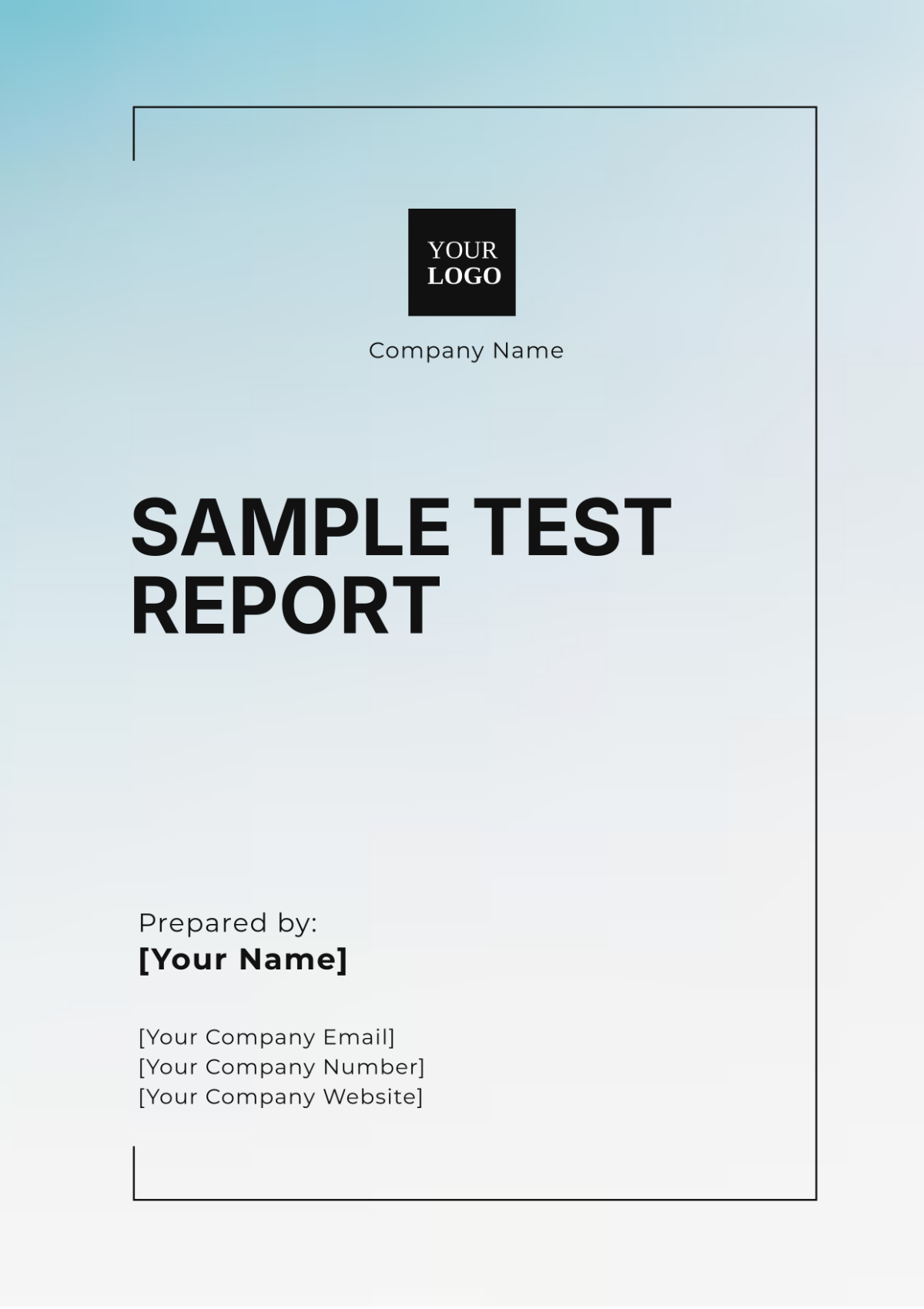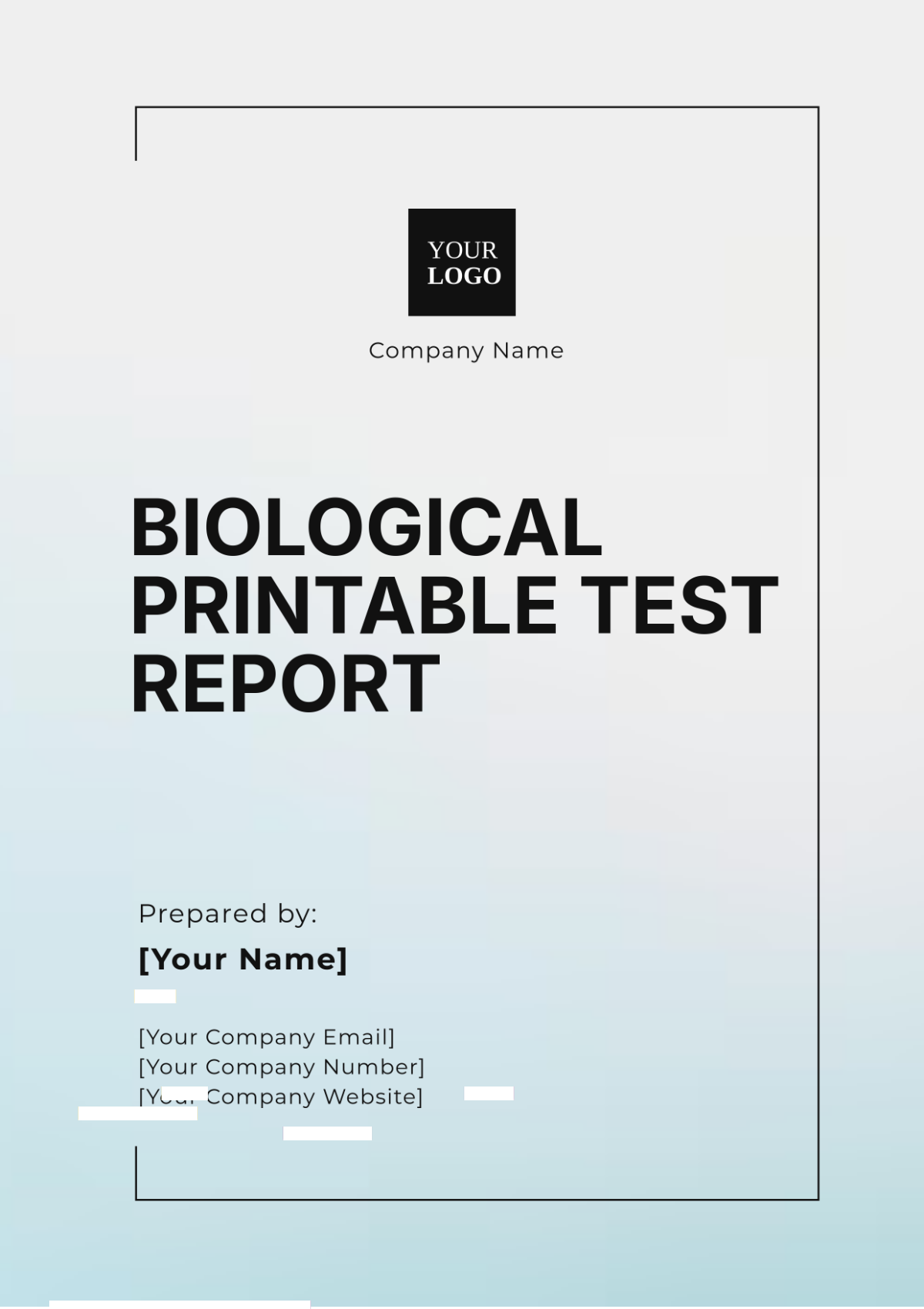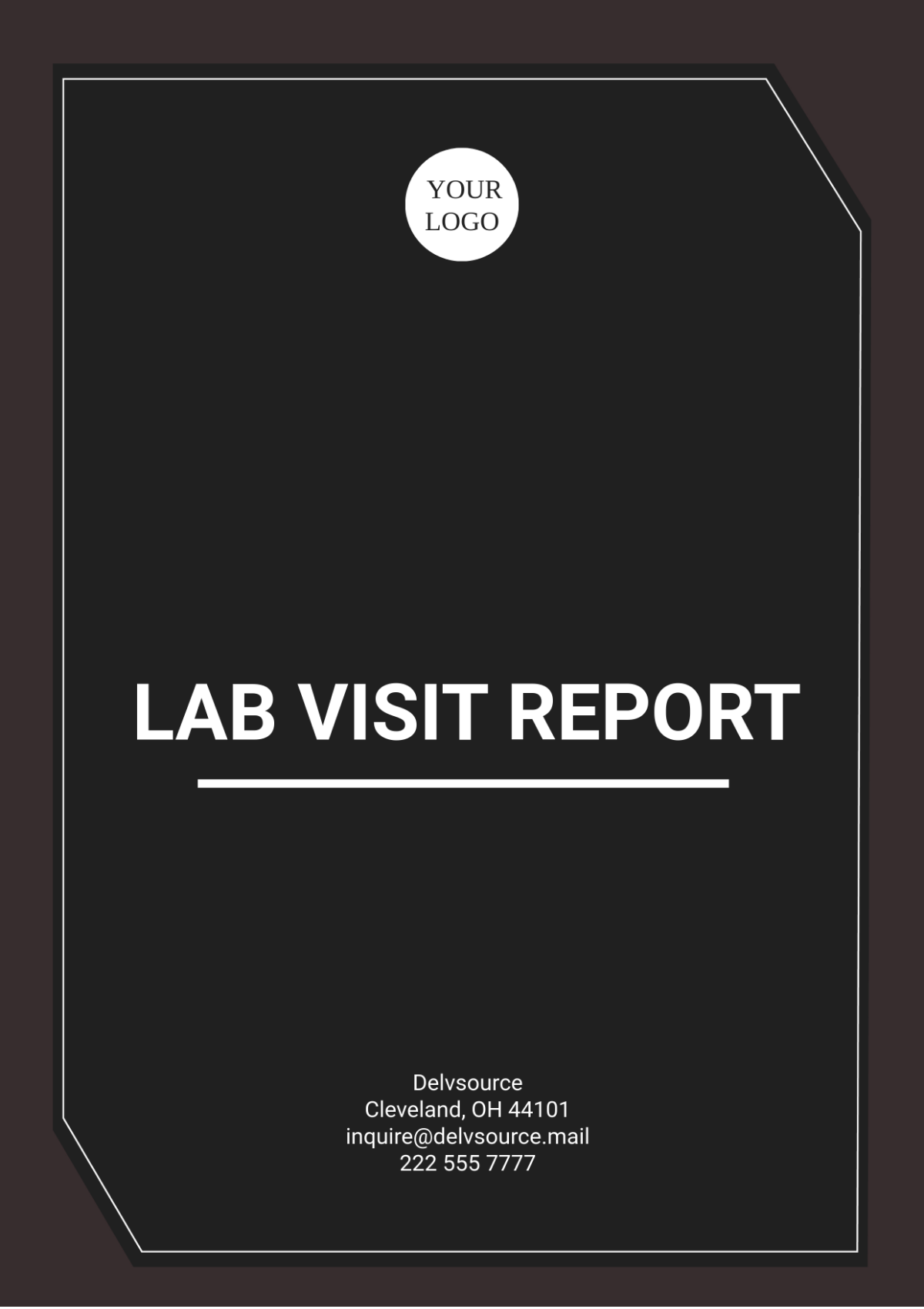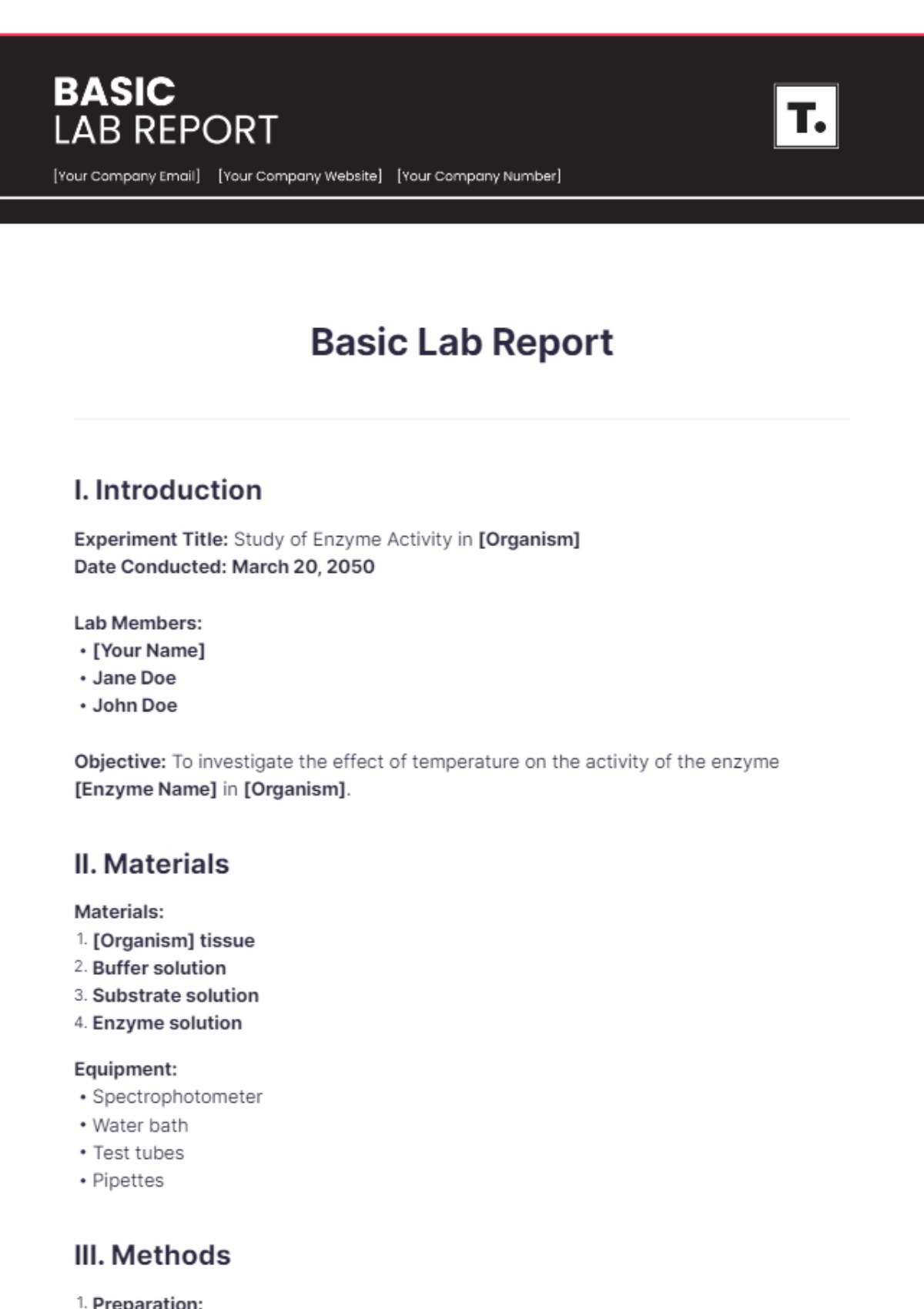Electronic Lab Report
Prepare by: [YOUR NAME]
Date: [DATE]
I. Abstract
This electronic lab report presents the results of an experiment aimed at analyzing the electrical conductivity of various materials. The materials chosen for this experiment include copper, aluminum, iron, and plastic. The objective is to determine the conductivity rate of each material and rank them based on their electrical performance. The findings provide insights about the suitability of these materials for different electrical applications.
II. Introduction
Electrical conductivity is a fundamental property that indicates how well a material can conduct an electric current. This property is crucial in various applications, including electrical wiring, electronic devices, and many industrial processes. Conductivity is generally higher in metals and lower in non-metals. In this report, we evaluate the conductivity of copper, aluminum, iron, and plastic to establish a comparative understanding.
III. Materials and Methods
A. Materials
Copper wire
Aluminum wire
Iron wire
Plastic rod
Multimeter
Power source
Connecting wires
B. Methods
The experiment was conducted by setting up a circuit where each material was placed in turn. A constant voltage was applied, and the resulting current was measured using a multimeter. The resistance (R) was noted, and the electrical conductivity (σ) was calculated using the formula:
σ = 1 / R
Material | Resistance (Ohms) | Conductivity (Siemens) |
|---|---|---|
Copper | 0.02 | 50 |
Aluminum | 0.03 | 33.33 |
Iron | 0.10 | 10 |
Plastic | 1000000 | 0.000001 |
IV. Results
The experimental results indicate that copper has the highest electrical conductivity, followed by aluminum, iron, and plastic. The numerical values of the conductivity are summarized in the table above. Here is a breakdown of the conductivity results:
Copper: Exhibits the highest conductivity among the tested materials, making it ideal for electrical wiring and electronic components.
Aluminum: Shows a moderate level of conductivity, suitable for applications where weight reduction is also a factor.
Iron: Displays lower conductivity compared to copper and aluminum, but is still useful in certain industrial applications.
Plastic: As expected, plastic has negligible conductivity and acts as an insulator.
V. Discussion
The results align with the established knowledge that metals generally provide better electrical conductivity than non-metals. Copper's superior performance can be attributed to its atomic structure, which allows free movement of electrons. Aluminum, while not as conductive as copper, offers a good balance of conductivity and lightweight properties, making it an excellent choice for applications such as overhead power lines. Iron's conductivity, though lower, is adequate for certain industrial uses. Plastic's role as an insulator is reaffirmed by its extremely low conductivity.
VI. Conclusion
This experiment successfully demonstrated the varying electrical conductivities of different materials. Copper emerged as the most conductive, followed by aluminum and iron, with plastic serving as an effective insulator. These findings reaffirm the suitability of these materials for their conventional uses in electrical and electronic applications.
VII. Future Work
Future experiments could explore:
The impact of temperature variations on the conductivity of these materials.
Conductivity tests on alloys and their comparison with pure metals.
Long-term stability of these materials under continuous electrical load.
VIII. References
Smith, J. (2050). Introduction to Electrical Engineering. New York: Basic Books.
Jones, A. (2051) The Physics of Conductive Materials. London: Science Press.
Brown, L. and Green, P. (2052). Experimental Methods in Electrical Engineering. Chicago: University Press.
